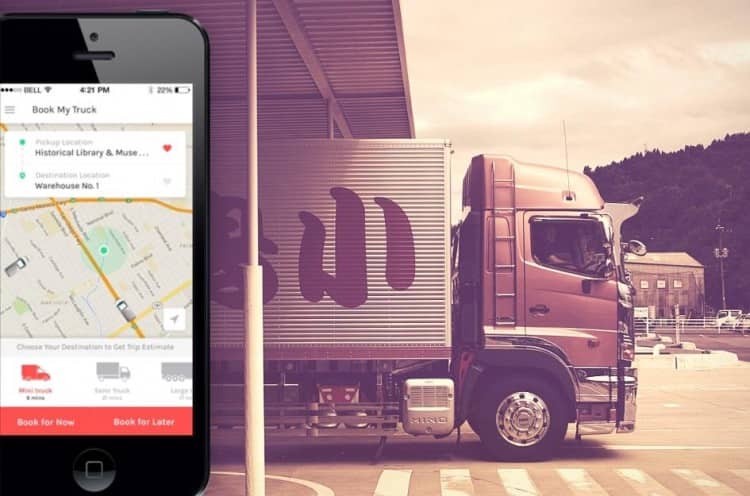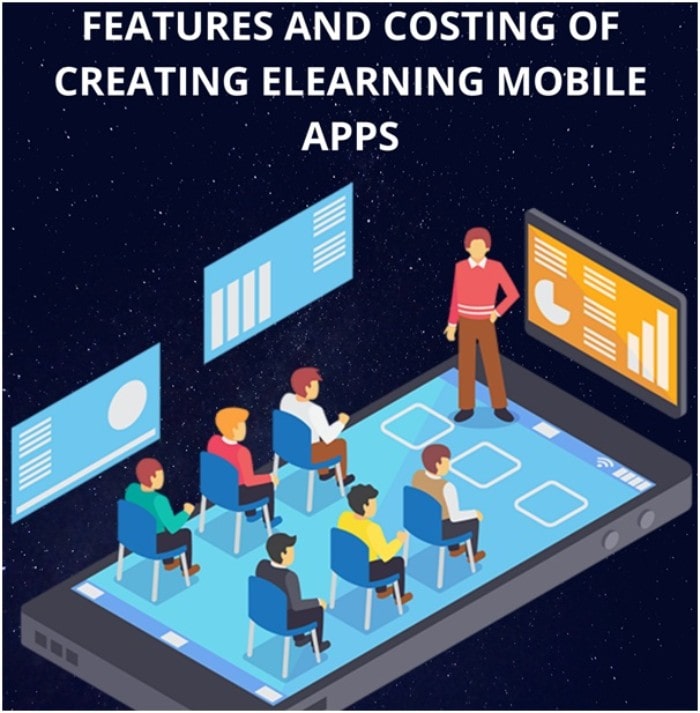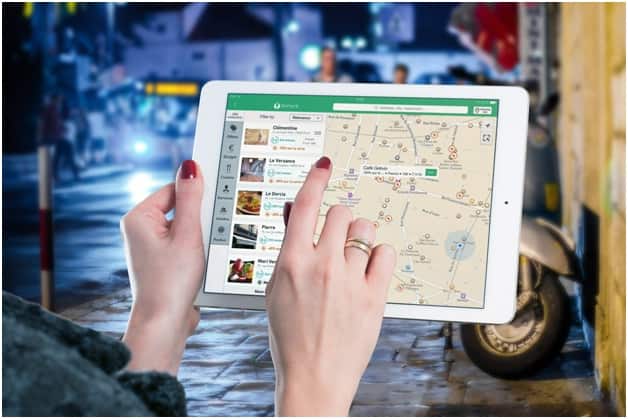Managing your fleet and routes. Supervising shipment details. Handling drivers and goods. The list goes on and on. Monitoring all transportation and logistics operations 24/7 can be a headache. That is why transportation and logistics mobile apps have come to the rescue. Today, each industry is harnessing the power of technology to provide quality services. The transportation industry is not lagging behind. Be it Android or iOS, the logistics apps have transformed the transportation industry. Now, you must be wondering what will be the costs involved in developing a logistics app? What are the technology stacks needed? Well, keep reading to know about the details..
Approach for building transportation and logistics mobile apps
According to Statista, the gross revenue generated by the U.S. third-party logistics industry from 2000 to 2018 has been increasing at a constant rate. In 2017, the 3PL providers of the United States generated a gross revenue of $184.3 billion.
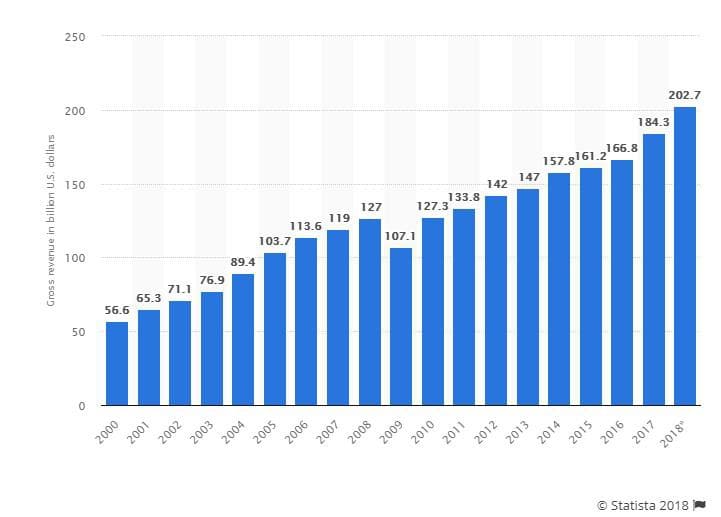
Thus, the future of logistics app development is very promising. So, why not take advantage of this fact? Let us see what we have to keep in mind while developing an app.
Type of application
This is the first factor that decides the cost of logistics app development. The different ideas to build logistics apps range from fleet management to warehouse handling. But, one must ensure that the idea of the app and the features must be a little different from others.
1. Fleet management apps
Tracking apps like Track and Wialon help in fetching real-time updates about many things. These include locations of the fleet and driver, routes taken by them and the deliveries.
2. Logistics On-Demand apps
The logistics apps are all about delivering the goods whenever your users need. It helps the customers to avail the services and helps in maintaining connections.
3. Warehouse solution apps
If you want to store huge amounts of data in a simplified way, warehouse apps are the best solution. These apps can help in extracting the correct information in a quick and convenient way. Also, one can handle deliveries of goods within the time schedules. On such example of warehouse management app is Veeqo.
4. Tracking and forwarding apps
Tracking apps like Track and Wialon help in fetching the real-time updates about the locations of the fleet and driver, routes taken by them and the goods deliveries.
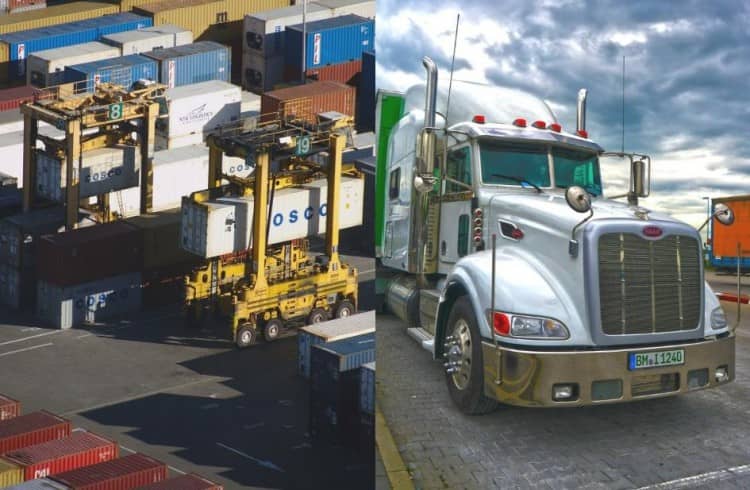
Availability of desired features
An app integrated with many features is the best one. Also, more the number of features, better the performance. For a fleet management solution app, a combination of all features is the best for fleet managers. Costs will increase with the inclusion of unique functionalities, but it is worth it. So, let’s know about the must-have features of every transportation and logistics mobile app?
Admin panel and Dashboard
With a working admin panel, an admin can log into the account using an email id and password. Admins can also create their own accounts. This feature is a vital one as it helps in maintaining the system integrity. Besides, with a dashboard, admins can analyze the number of users and pending accounts. They can check information about trip log reports, fuel consumption and vehicle management.
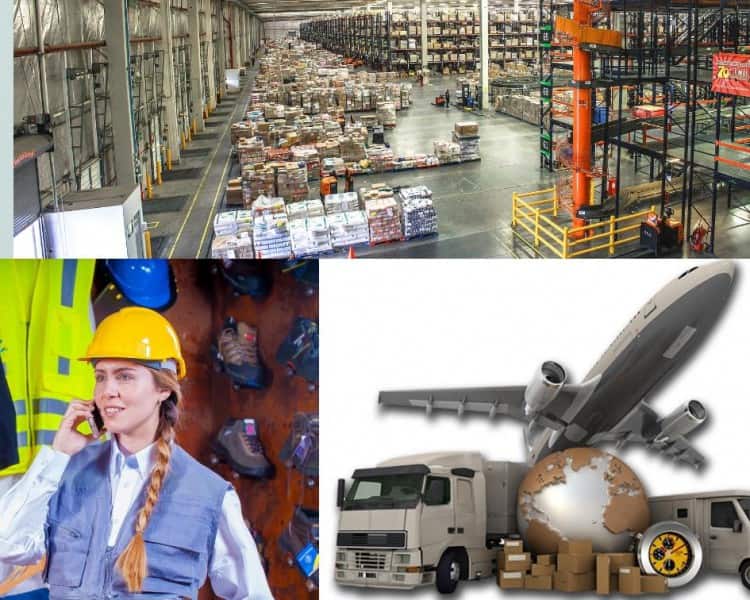
Monitor window and Fleet management
Supervision is very important to keep a track of your logistics business. Admins must check all the drivers involved in the shipping process. Also, they must track the number of orders executed by the drivers. A monitor window will help in managing the completed and pending orders. Moreover, fleet management is also a part of monitoring. It includes the extra costs incurred while managing and storing the deliveries. It also aids in the management of vehicles and shippers.
Asset tracking and GPS system
What is asset tracking? It can be the tracking of a detachable trailer or a consignment. It can also include tracking of a whole truck. In fact, through telematics one can use a GPS system for transmitting the location to the system. The asset tracking feature of a logistics app is mandatory. This is because clients will need regular real-time updates about the movement of their consignments.
Also, a GPS System is the heart of any fleet management system. It helps to navigate and helps drivers to take the consignments to their destinations.
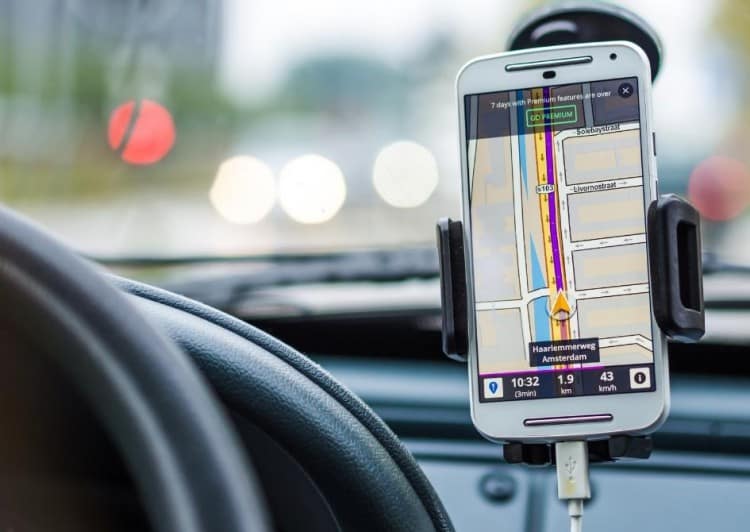
Fuel consumption and calibration reports
The whole process of calibration of fuel takes a considerable amount of time. So, it is an important aspect of any logistics app to consider. A good logistics app will take care of the vehicle calibration through technology. In fact, it will not even need the tedious process of driving the vehicle to the filling stations. Thus, the vehicle’s productivity doesn’t decline due to the calibration time. Also, calibration reports can help in the better management of fleets.
Vehicle handling characteristics
The condition of vehicles and consignments transported depends on the driving practices of drivers. Also, vehicle handling is important for the safety of the occupants. This includes preventing unsafe driving practices that can cause accidents. In fact, one must train the errant drivers about safe driving practices. Moreover, this feature can change the whole fleet management system. This is because the information about the condition of vehicles can save a lot of money, time and efforts.
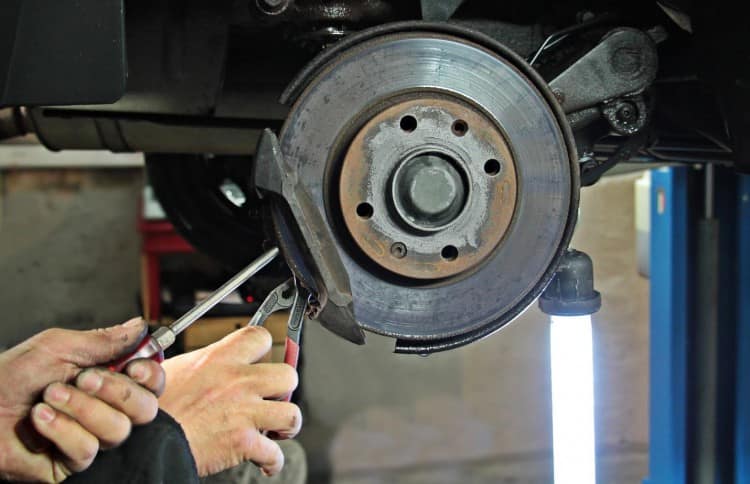
Navigation and Route Optimization
Google maps and GPS have become a necessity for drivers today. Traffic updates for route-optimization help drivers to determine the best route. Drivers can drive anywhere without wasting time asking for directions. Moreover, many third-party apps are available for planning routes and consignment deliveries too. This feature is vital for keeping users and admins aware of the driver’s behaviour during deliveries.
Technology stacks involved in app
What are the latest technical standards should you use for your app? How can you stay ahead of your competitors? To make the best on-demand logistics mobile app, you need a right technology stack. Today, there are many options for this. But, the options preferred by most of the reputed developers include:
- Push Notifications: Use Twilio or Push.io for triggering all notifications.
- Login authentication: Try Nexmo or Twilio for authentication of credentials while logging in. You can check and authenticate via Voice, SMS or phonecall too.
- Database requirements: Every app has database requirements. You can choose MongoDB, Cassandra, Postgress or HBase for this purpose.
- Cloud Platform solutions: You can work on AWS, Google or Azure to integrate cloud platform.
- Real-time Analytics: For real-time analytics, you can try Hadoop, Spark, BigData, Apache Flink, Cisco or IBM
- Payment gateways: For integrating a proper payment gateway in your app, you can use Braintree & PayPal, Stripe and other EWallets.

Cost of developing transportation and logistics mobile apps
One of the million dollar questions while developing a logistics app will be the cost. If you are settling for a cheap option, then the logistics management software is useless. It will affect all the operations. Thus, an app must deliver the best quality service at an affordable cost. If you can balance the capital and operational expenditures, this is achievable.
In fact, the costs for logistics app development differs from place to place. The price for developing an app in developed countries like Europe or U.S can $200 to $550 per hour. On the other hand, in India, the cost begins from only $20 to $2 per hour. So, an estimate for developing a logistics app can range from $10,000 to $30,000 (for Android or iOS) in India for a good development team.
The costs depend on the technology stack used for the apps too. But, the usage of various technologies and time for development also determine the cost of the app. Other factors include the amount of testing needed and the technical considerations. Thus, many aspects contribute toward the total costs for developing a mobile app for logistics companies.
Signing off…
To sum up, if you want to develop a logistics app with a seamless experience for your customers, integrate various technologies. But, one must remember that an app for logistics is a lot different from any other simple app. Also, it would be a good idea to have an early plan of the technologies. Trying to include different features in future stages will lead to a lot of efforts in testing. Besides, the cost of building app depends a lot on the place of development. But, you should never compromise with the quality of a good development team. Experienced developers, designers and testers will develop your app within less time.
So, are you thinking of building a logistics app in an affordable manner?






